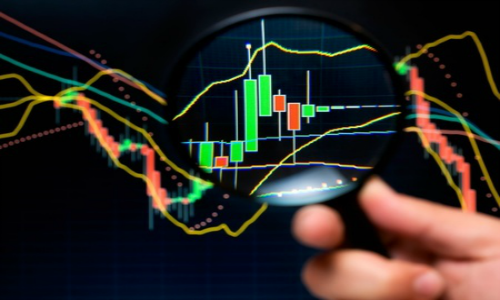
Pip is known as the minimum change in price which is made through getting exchange rate. Most of currency pairs have four decimals, so the change affects the last decimal. Forex market shows the currency value through pips. For example, if the currency rate of EUR/USD is 1.2785 and then it changes to 1.2788, it means that the values is increased of 3 pips. Vice versa, in case that the currency rate of EUR/USD is 1.2785 and then it changes to 1.2781, it means that the values is decreased of 4 pips.
What is the Spread?
Just like pips, the spread demonstrates the currency value; however spread is the major difference between the bids and asks. “Bid” is the purchasing price whereas “ask” is the selling price.
Spread shows the change in buying and selling rate. In case that a trader has purchased a pair and has sold it without any change in currency rate, he will not receive any profit. Whereas the trader will lose/earn money in case that he had bought a pair at a certain rate, then the rate is changed and thus when he will sell the pair is going to earn/lose a certain amount of money (Depending on the change in the currency rate: the greater the change, the greater the gain/loss will be). For instance: the EUR/USD currency rate for bid/ask is 1.2015/1.3015: It shows a spread of 1000 pips in the currency pair.
The Position
What is the “position” in the Forex Market? Saying it easily, is our prediction on the movements of the value of a currency rate. We can forecast a raise or a fall in the value of a currency rate: depending on our prediction, we will have to open our position.

The “Long position”, is the one that you have to open in case that you believe in a raise of the value of a currency rate. Whereas, in case you believe the opposite (A fall), you have to open a “Short Position”.What does it change between these two types of position? Simply said, the way on which are calculated your earnings or losses.
In case of a Long position, you will make profits only if the currency rate will raise and will be greater than the level at which you had opened the Long position. Example: you opened your Long position at 1.2500. If the value will raise, you will make profits (For example: from 1.2500 to 1.2530). Whereas, if the value will decrease (For example: from 1.2500 to 1.2460), you will have a loss.
Vice versa, in case of a Short position you will make profits only if the currency rate will decrease and will be lower than the level at which you had opened the Short position. Again, example: you opened your Short position at 1.2500. If the value will raise, you will have a loss; whereas if the value will decrease, you will make profits.
How to calculate Earnings and Losses in Forex Trading?
Quite simple: moreover, if you will use the platform of a Forex Broker, they will calculate your potential earnings/losses automatically.
1. First, you must know how much money you invested in the position: remember to calculate the leverage of course! It means that if you had invested $100 on a position, but you had used a leverage of 1:100, the real amount of money that you are “moving” on the market is: $10.000 (Because 100 x 100 = 10.000. That’s the leverage’s power).
2. Then, you must know your position on the market: it’s a short one or a long one? Or said in other words: you believed in a fall o raise in the currency rate, when you had opened your position?
3. Lastly, you have to calculate the “spread” (The difference) between the currency rate at which you had opened (And then bought) your position, and the currency rate at which you want to close the position.
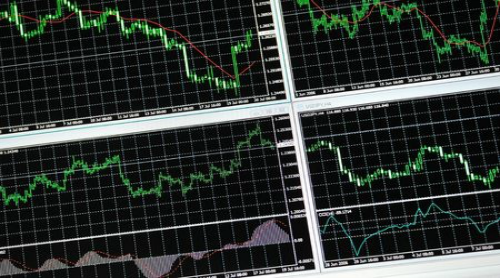
Let’s give an example, to further clarify things: We had opened a long position (Because we forecasted a raise in the currency), investing $1000 with a leverage of 1:100 in the EUR/USD pair. It means that we are moving $100.000 on the market: our earnings and losses, will be calculated on this amount. We opened our position at the level of 1.2735. After some days… : 1) There is a raise, thus we were right. The currency rate is changed from 1.2735 to 1.2890. That’s good, because we are going to earn: (Invested Money) x (Spread) = Earning. In our specific case: ($100.000) x ( Spread: 1.2890 – 1.2735 = 0.0155) = $100.000 x 0.0155 pips = $1550. So, if we will sell our position right now, we are going to earn $1550, with a beautiful gain of $550 (Moreover, we have the other $1000 invested back to us).
Okay, that was the “good” example: but what happens in case that we were wrong in our prediction, and the currency rate is now lower that before? For example: as before, we invested $1000 with a leverage of 1:100 (We are moving $100.000). We bought at the rate of 1.2735, opening a “long position”, but the after few days, the currency rate is changed to… 1.2605 . Thus, instead of increasing (As the previous example), the currency rate now is lower of 130 pips. If we will sell our long position right now, we are going to lose: (Invested Money) x (Spread) = Loss. In our case: ($100.000)x(130 pips) = $100.000 x 0.0130 = – $1300. So, if we will sell our position right now, we will have a “beautiful” loss of $1300.
As you can easily understand from the previous examples, the leverage can amplify both earnings and losses. That’s why, if you are a novice Trader, you should start with a lower leverage or investing a small amount of money. Then, when you will get use to the markets, to the leverage and you will have a proper strategy, you could increase (If you wish, of course) the amount of money invested/ the leverage used.
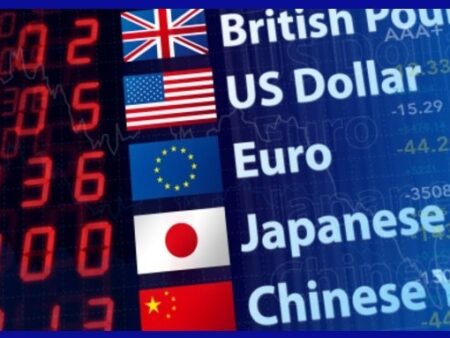
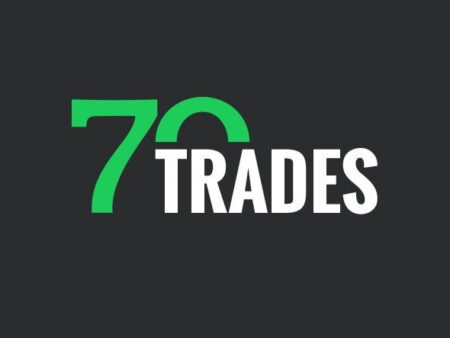
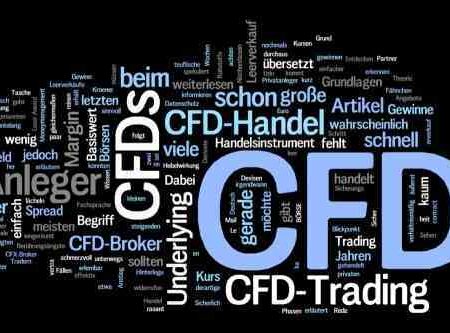


![Binance Review: How the Crypto Exchange Works [2024]](https://www.feedroll.com/wp-content/uploads/2024/03/binance-trading-100x100.png)



